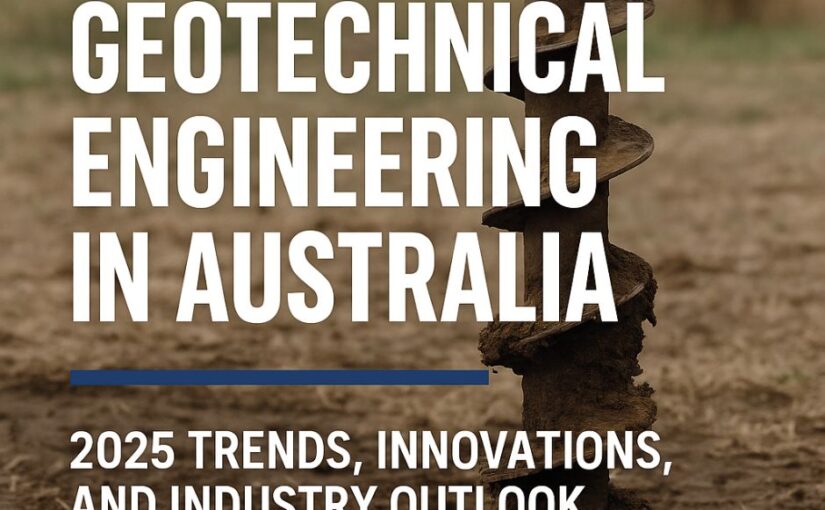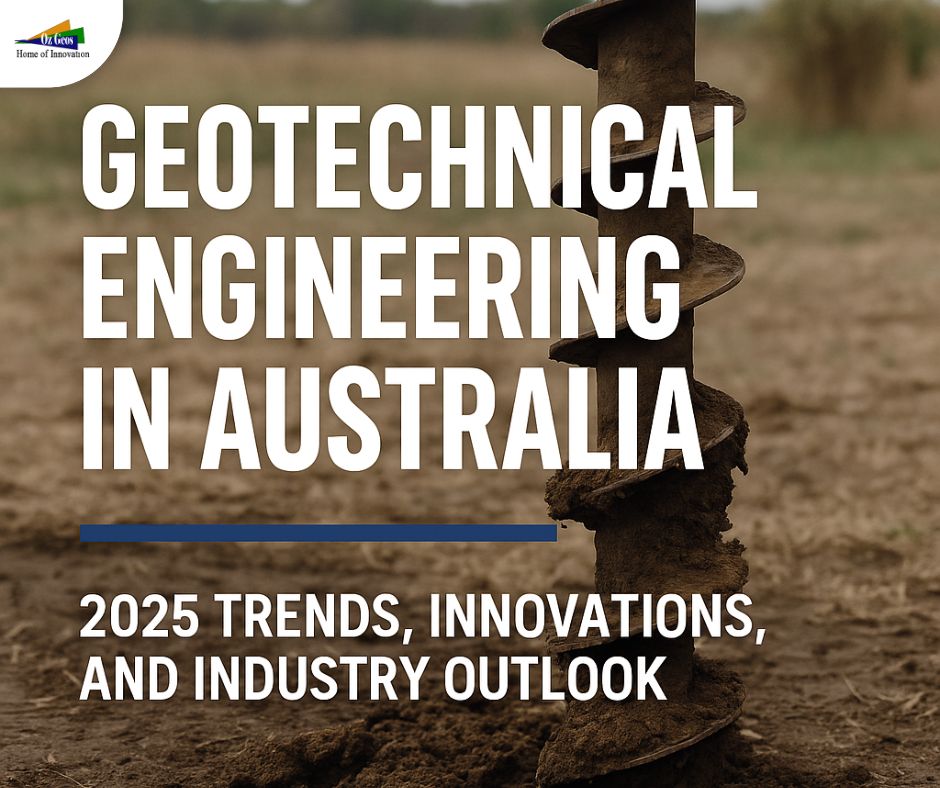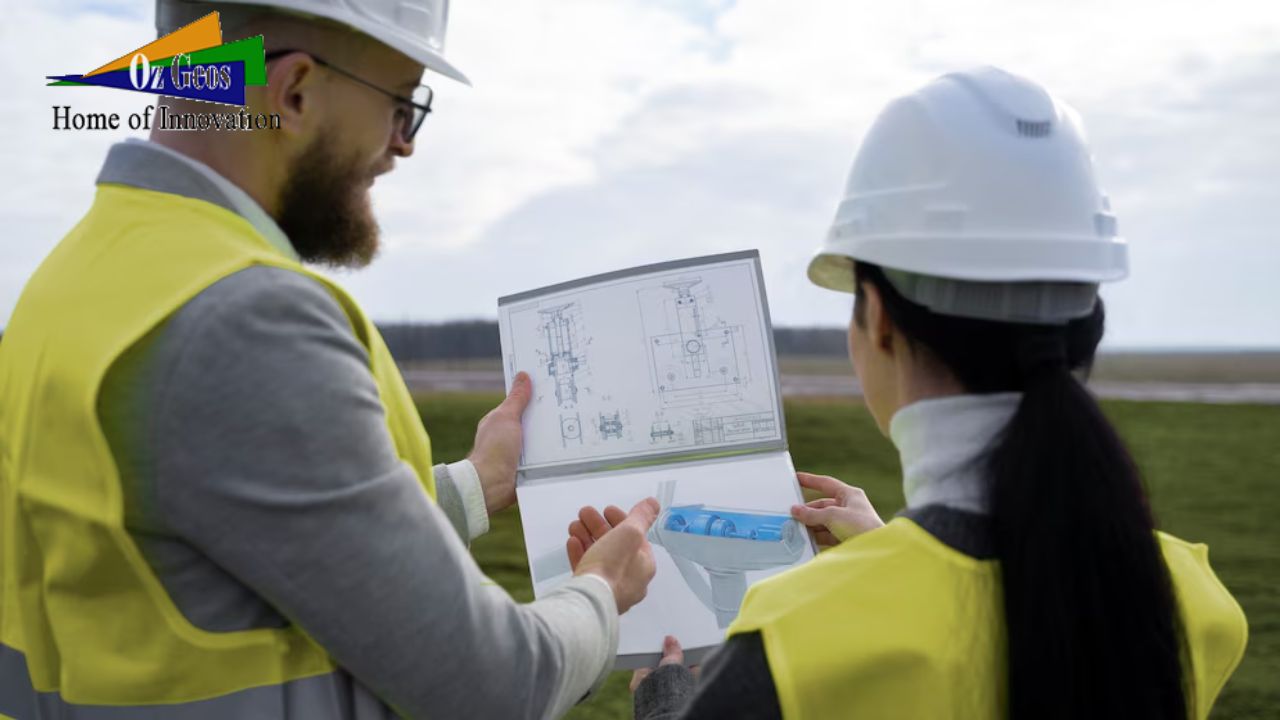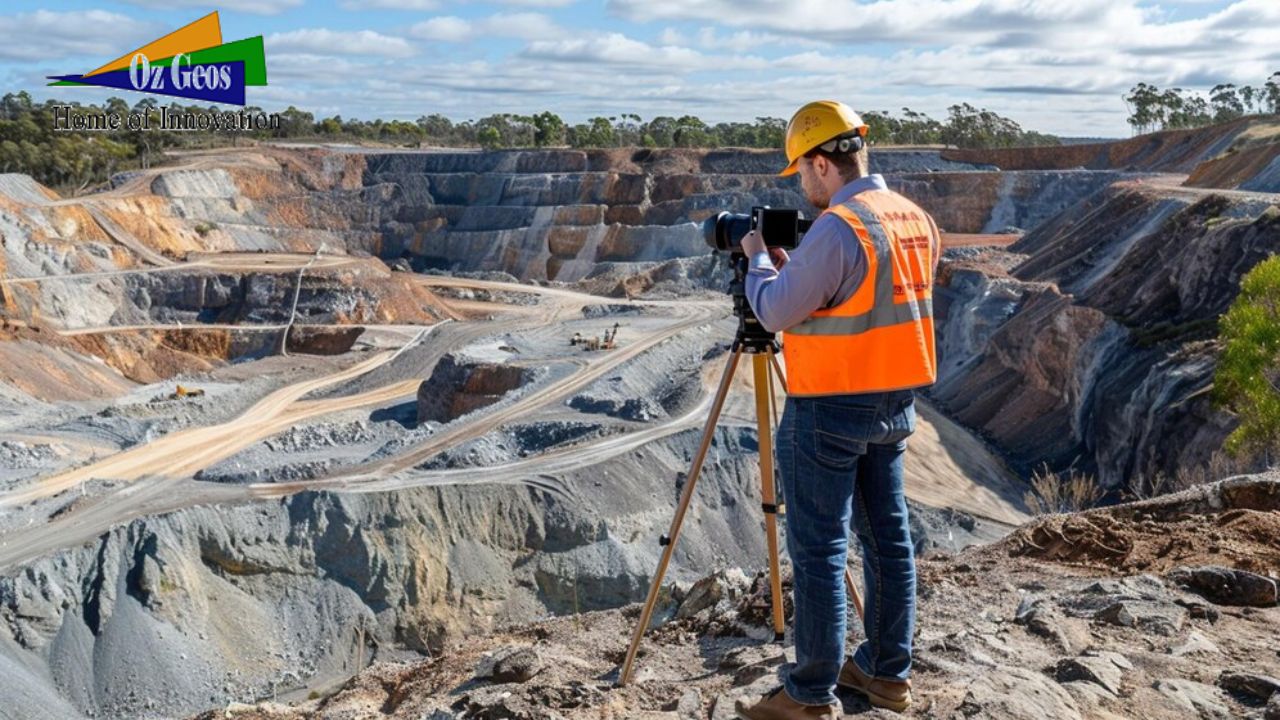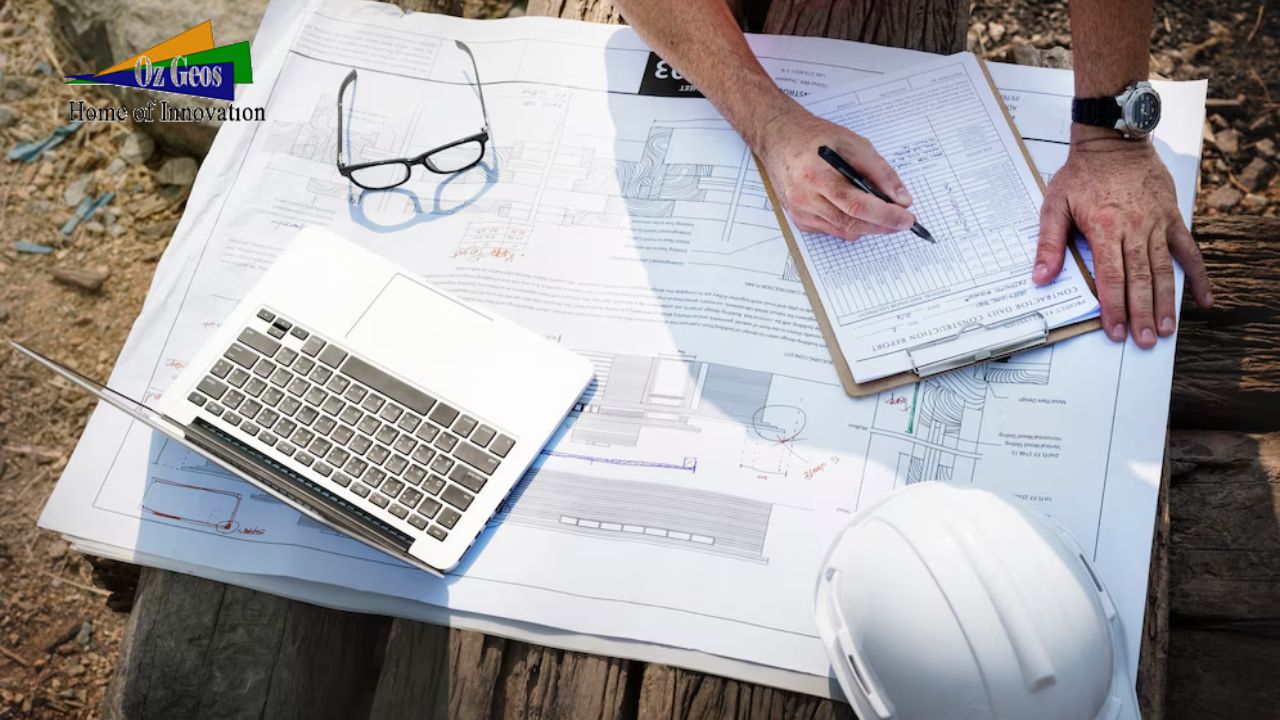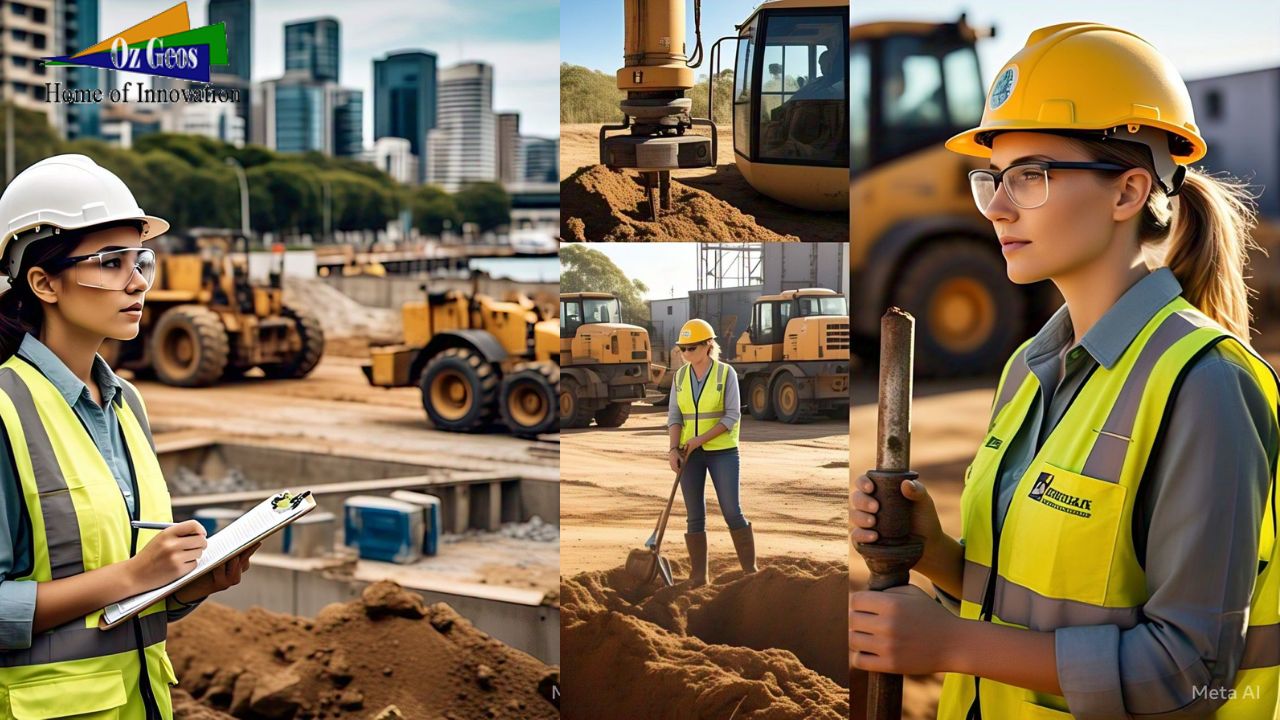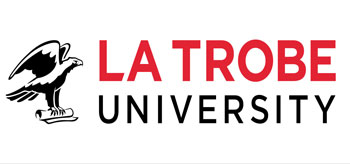Geotechnical Engineering in Australia: 2025 Trends, Innovations, and Industry Outlook!
As we navigate through 2025, Australia’s geotechnical engineering sector is experiencing significant transformations driven by technological advancements, sustainability imperatives, and evolving industry demands. This blog delves into the latest data, emerging trends, and innovations shaping the future of geotechnical engineering in Australia.
📈 Market Growth and Economic Outlook
The Australian geotechnics market is on a robust growth trajectory. In 2024, the market generated revenues of approximately USD 50.2 million and is projected to reach USD 88.1 million by 2030, reflecting a compound annual growth rate (CAGR) of 9.9% from 2025 onwards .Grand View Research
Key drivers of this growth include:
- Infrastructure Investments: Government-funded transportation infrastructure projects continue to bolster engineering construction activity, with annual growth reaching $38.1 billion over the 12 months to September 2024 .Oxford Economics Australia
- Sustainable Urban Development: A focus on eco-friendly construction practices and materials is reshaping urban landscapes.
- Technological Integration: The adoption of advanced digital tools and automation is enhancing efficiency and precision in geotechnical projects.
🧠 Technological Innovations Transforming the Industry
The integration of cutting-edge technologies is revolutionizing geotechnical engineering practices:
- Artificial Intelligence (AI) and Machine Learning (ML): These technologies are enabling predictive modeling for soil behavior, risk assessment, and design optimization. AI-driven tools are enhancing the accuracy of site analyses and facilitating proactive decision-making .Enginuity Advantage
- Digital Twins: The creation of virtual replicas of physical geotechnical systems allows for real-time monitoring and predictive maintenance, improving project outcomes and lifecycle management .SAALG GEOMECHANICS+1vgeotechexperts.com+1
- Explainable AI Models: The development of interpretable machine learning models is enhancing transparency in predicting geotechnical phenomena, such as liquefaction-induced lateral spreading .arXiv
🌱 Embracing Sustainability and Climate Resilience
Sustainability is at the forefront of geotechnical engineering in 2025:chestconstructions.com.au+2SAALG GEOMECHANICS+2vgeotechexperts.com+2
- Eco-Friendly Practices: The adoption of bio-cementation techniques and the use of recycled materials are reducing the environmental footprint of construction projects .vgeotechexperts.com
- Climate-Resilient Design: Engineers are focusing on infrastructure capable of withstanding extreme weather events, incorporating advanced monitoring systems and adaptive engineering approaches to mitigate risks associated with climate change .vgeotechexperts.com
👷 Addressing Workforce Challenges
The industry faces notable workforce-related challenges:Talent Forge
- Skilled Labor Shortages: Persistent shortages in skilled professionals are impacting project timelines and budgets. Firms are exploring remote and offshore staffing solutions to bridge the gap .Talent Forge
- Attracting Young Talent: A declining interest among younger Australians in construction careers necessitates initiatives to attract and retain new talent, including upskilling programs and flexible work environments.Talent Forge
🔮 Future Outlook
The future of geotechnical engineering in Australia is poised for continued growth and innovation. Embracing technological advancements, prioritizing sustainability, and addressing workforce challenges will be crucial in shaping a resilient and forward-looking industry. Collaboration among stakeholders, continuous learning, and adaptability will define success in this evolving landscape.Talent Forge

